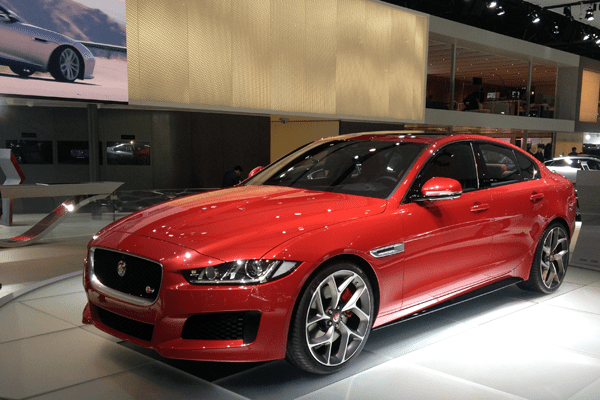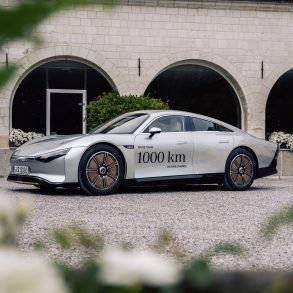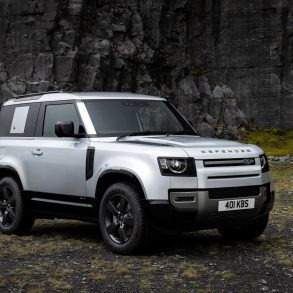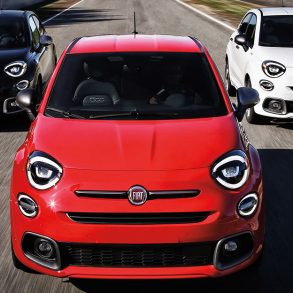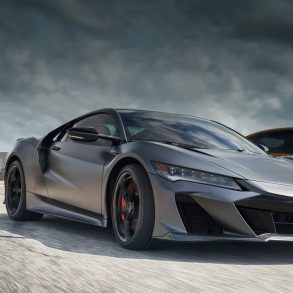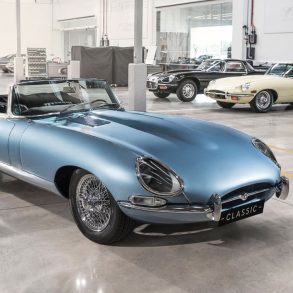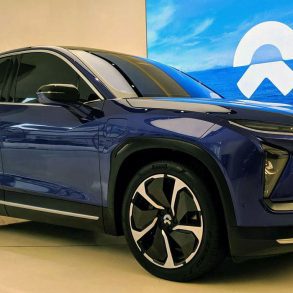Jaguar XE
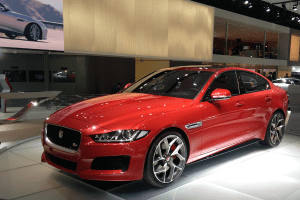
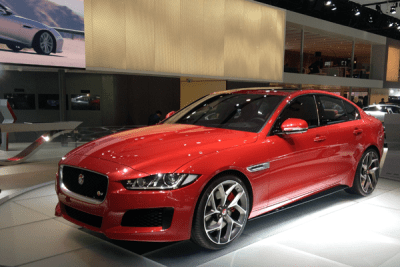 After the much maligned, but commercially relatively successful (9 years of production and 400.000 worldwide sales, of which half in Europe) Mondeo-based X-type, the Jaguar XE is the brand’s second attempt at a premium midsized sedan. This time they’ve developed the car from scratch and are hoping its rear-wheel drive layout will help make it the new benchmark of the segment in terms of driving pleasure. The XE will be equipped with an all-new generation of engines, also developed in-house, which will spread across the Jaguar-Land Rover line-up. The XE’s styling resembles that of the larger XF, which is not necessarily a bad thing, but they could’ve been a bit more flamboyant in my opinion. It absolutely looks stunning with the optional sport-pack but I think the standard version, like the white one on the picture, is a bit too uninspiring to compete in the tough premium midsize segment. However, making all their cars look alike has
After the much maligned, but commercially relatively successful (9 years of production and 400.000 worldwide sales, of which half in Europe) Mondeo-based X-type, the Jaguar XE is the brand’s second attempt at a premium midsized sedan. This time they’ve developed the car from scratch and are hoping its rear-wheel drive layout will help make it the new benchmark of the segment in terms of driving pleasure. The XE will be equipped with an all-new generation of engines, also developed in-house, which will spread across the Jaguar-Land Rover line-up. The XE’s styling resembles that of the larger XF, which is not necessarily a bad thing, but they could’ve been a bit more flamboyant in my opinion. It absolutely looks stunning with the optional sport-pack but I think the standard version, like the white one on the picture, is a bit too uninspiring to compete in the tough premium midsize segment. However, making all their cars look alike has 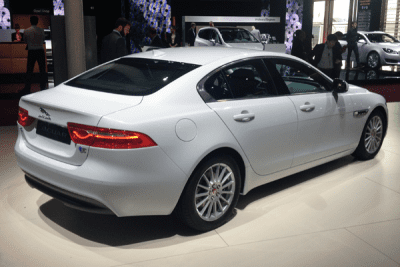 worked out for Audi for years, so I see why Jaguar chose to give the
worked out for Audi for years, so I see why Jaguar chose to give the 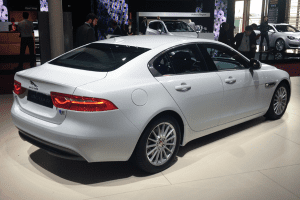 XE a familiar face. Jaguar is rather modest with their sales projections, as 30.000 units a year in Europe (of which two thirds in the UK) is meager when compared to the 200.000 sales of the BMW 3-series, but it would still make it the brand’s best selling model by far, and it would double total Jaguar sales in the continent.
XE a familiar face. Jaguar is rather modest with their sales projections, as 30.000 units a year in Europe (of which two thirds in the UK) is meager when compared to the 200.000 sales of the BMW 3-series, but it would still make it the brand’s best selling model by far, and it would double total Jaguar sales in the continent.
Kia Sorento
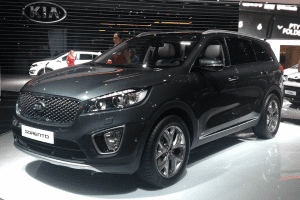
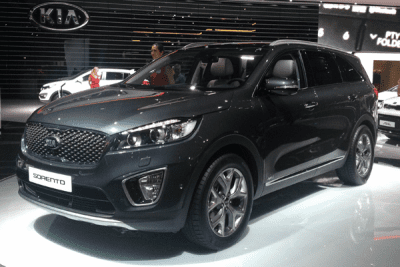 Kia has shown the third generation of its Sorento large SUV, which has grown larger and wider, but is lower than its predecessor. The exterior design of the 7-seater has been softened, with a more rounded look to appear more crossover than SUV. The Sorento shares its platform with the Hyundai Santa Fe and the Kia Carnival large MPV, the latter of which is no longer available in Europe. Fuel economy has become increasingly more important in Europe, and as a result the large SUV segment has shrunk considerably in the past decade. The second generation Sorento has never been able to come close to the sales
Kia has shown the third generation of its Sorento large SUV, which has grown larger and wider, but is lower than its predecessor. The exterior design of the 7-seater has been softened, with a more rounded look to appear more crossover than SUV. The Sorento shares its platform with the Hyundai Santa Fe and the Kia Carnival large MPV, the latter of which is no longer available in Europe. Fuel economy has become increasingly more important in Europe, and as a result the large SUV segment has shrunk considerably in the past decade. The second generation Sorento has never been able to come close to the sales 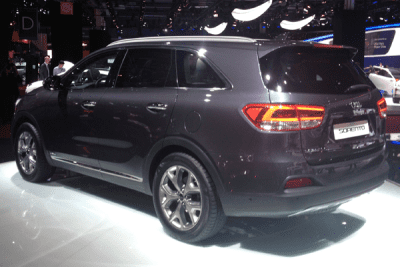 figures of the hugely popular first
figures of the hugely popular first 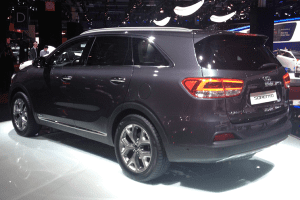 Sorento, which peaked at almost 45.000 units. I expect the new generation to reach no more than one third of that figure as well. But with European sales of the Hyundai Santa Fe limited to supply shortages, that means the Sorento should be able to lead the large SUV segment in Europe again.
Sorento, which peaked at almost 45.000 units. I expect the new generation to reach no more than one third of that figure as well. But with European sales of the Hyundai Santa Fe limited to supply shortages, that means the Sorento should be able to lead the large SUV segment in Europe again.
Land Rover Discovery Sport
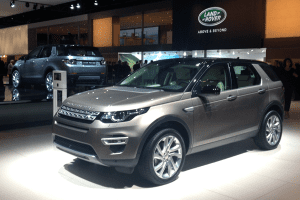
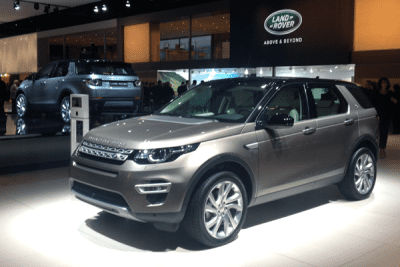 The replacement to the Land Rover Freelander will be named Discovery Sport, in accordance with the brand’s strategy to create three families of vehicles, each with multiple models: the luxury models will be named Range Rover, the utility models will fall under the Defender nameplate, while the Discovery family stands for leisure and adventure vehicles. In the future, the Discovery line-up will be expanded with an even smaller model as well as a replacement for the current full-sized Discovery. The Discovery Sport will be available with the same newly developed four cylinder engines as the Jaguar XE, and its third row of seats makes it the first premium midsized SUV with 7 seats. The Freelander peaked at 58.500 sales in Europe in 2000 and Land Rover is hoping for at least 50.000 sales for the new Discovery Sport,
The replacement to the Land Rover Freelander will be named Discovery Sport, in accordance with the brand’s strategy to create three families of vehicles, each with multiple models: the luxury models will be named Range Rover, the utility models will fall under the Defender nameplate, while the Discovery family stands for leisure and adventure vehicles. In the future, the Discovery line-up will be expanded with an even smaller model as well as a replacement for the current full-sized Discovery. The Discovery Sport will be available with the same newly developed four cylinder engines as the Jaguar XE, and its third row of seats makes it the first premium midsized SUV with 7 seats. The Freelander peaked at 58.500 sales in Europe in 2000 and Land Rover is hoping for at least 50.000 sales for the new Discovery Sport, 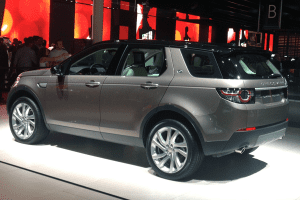 as competition in the segment has intensified heavily. This would be similar to the sales volume of the
as competition in the segment has intensified heavily. This would be similar to the sales volume of the 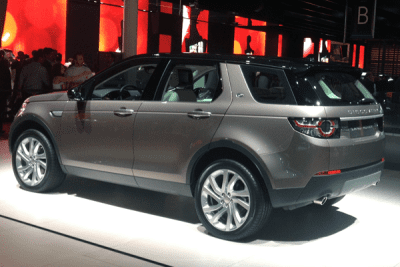 Range Rover Evoque. Its most important market will be the UK by far, with 60% of sales, although it could easily be surpassed by China when production of the vehicle starts in that market.
Range Rover Evoque. Its most important market will be the UK by far, with 60% of sales, although it could easily be surpassed by China when production of the vehicle starts in that market.
Lexus NX
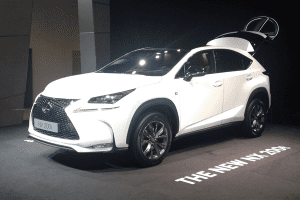
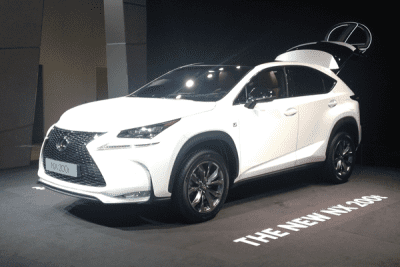 The Lexus NX compact crossover introduce the Japanese brand into the premium midsized SUV segment, competing with the Audi Q5, Range Rover Evoque and BMW X3. Its striking design and the hybrid powertrain should help it stand out from the crowd, as well as Lexus’ excellent service level. As traditional for the brand, the NX won’t be available with a diesel
The Lexus NX compact crossover introduce the Japanese brand into the premium midsized SUV segment, competing with the Audi Q5, Range Rover Evoque and BMW X3. Its striking design and the hybrid powertrain should help it stand out from the crowd, as well as Lexus’ excellent service level. As traditional for the brand, the NX won’t be available with a diesel 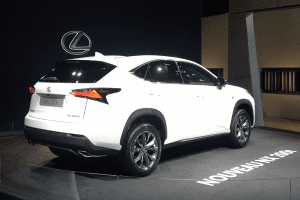 engine, but with a gasoline-electric hybrid instead. Positioned above the NX300h will be the turbocharged NX200t. The NX should give Lexus sales another boost to reach 40.000 annual units in Europe again, of which one third, or
engine, but with a gasoline-electric hybrid instead. Positioned above the NX300h will be the turbocharged NX200t. The NX should give Lexus sales another boost to reach 40.000 annual units in Europe again, of which one third, or 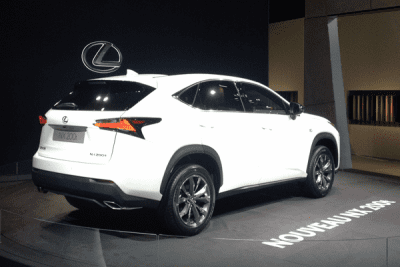 approximately 13.000 units will be the new crossover, making it the brand’s best seller. The only other years the Japanese sold this many cars were 2006 and 2007, when the IS and RX had just been renewed.
approximately 13.000 units will be the new crossover, making it the brand’s best seller. The only other years the Japanese sold this many cars were 2006 and 2007, when the IS and RX had just been renewed.
Mazda MX-5
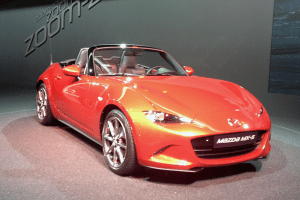
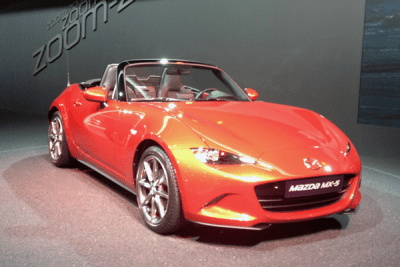 The fourth generation Mazda MX-5 was introduced to the European public in Paris, and it has been very well received. The MX-5 has stayed true to its 25-year old values of a small, lightweight, rear-wheel drive roadster, as it has shrunk 10cm in length and lost 100kgs in weight thanks to Mazda’s trademark Skyactiv technologies. Under the hood you won’t find any downsized turbocharged engines, just an atmospheric 2,0-liter 4-cylinder engine with different power outputs. Its looks have been sharpened compared to be the most angular and aggressive looking MX-5 ever,
The fourth generation Mazda MX-5 was introduced to the European public in Paris, and it has been very well received. The MX-5 has stayed true to its 25-year old values of a small, lightweight, rear-wheel drive roadster, as it has shrunk 10cm in length and lost 100kgs in weight thanks to Mazda’s trademark Skyactiv technologies. Under the hood you won’t find any downsized turbocharged engines, just an atmospheric 2,0-liter 4-cylinder engine with different power outputs. Its looks have been sharpened compared to be the most angular and aggressive looking MX-5 ever, 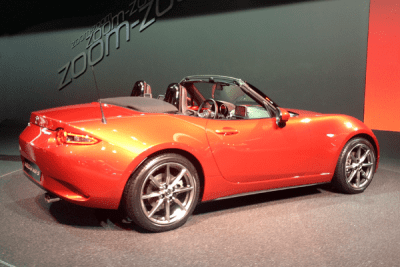 and it keeps its “toothless shark” nose,
and it keeps its “toothless shark” nose, 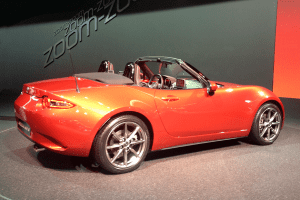 which is a shame to spoil by putting a license plate in the grille. It has been developed together with Fiat, which will introduce a Fiat Barchetta or possibly even an Abarth version on the same platform but with a different styling. Mazda hopes to sell more than 10.000 units a year in Europe, where it won’t have any competition until the Fiat/Abarth version arrives.
which is a shame to spoil by putting a license plate in the grille. It has been developed together with Fiat, which will introduce a Fiat Barchetta or possibly even an Abarth version on the same platform but with a different styling. Mazda hopes to sell more than 10.000 units a year in Europe, where it won’t have any competition until the Fiat/Abarth version arrives.
Also read:
Paris Auto Show 2014: new models, part 1: Fiat 500X to Hyundai i20
Paris Auto Show 2014: new models, part 3: Renault Espace to Volvo XC90

